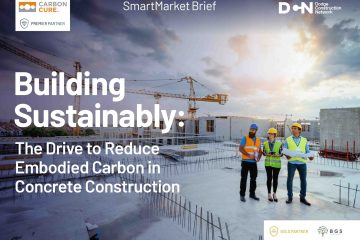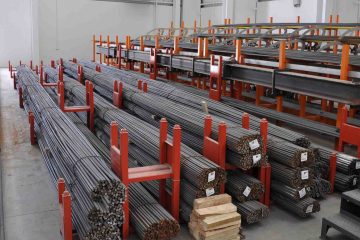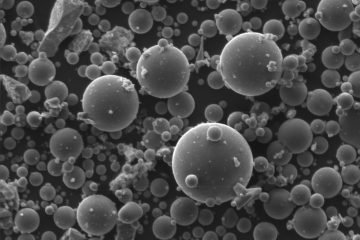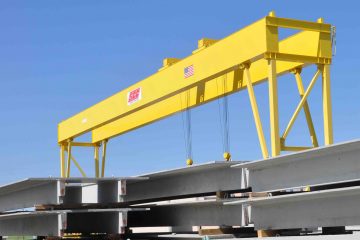Coalition seeks to quantify mass timber’s carbon storage capacity
Sources: Green Canopy NODE, Seattle; Timber Finance Initiative, Zurich; CP staff The Timber Finance Initiative and Green Canopy NODE, respective advocates of sustainable investment tools and affordable, standardized residential building, lead a group of field and technical experts tasked with developing the first mass timber carbon credit methodology and submitting Read more…








